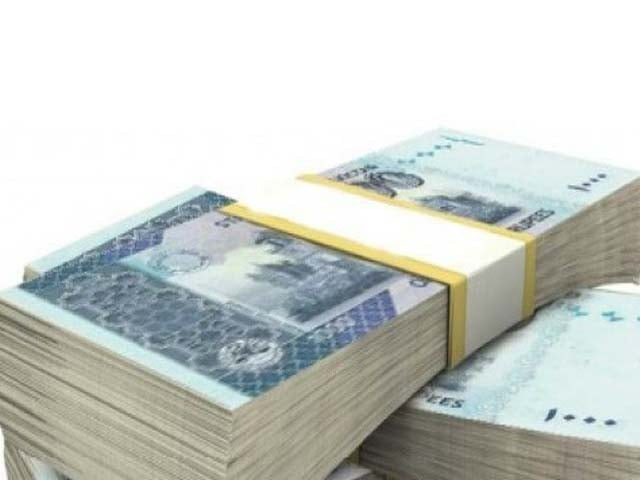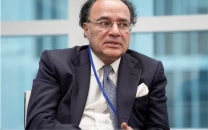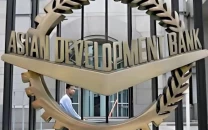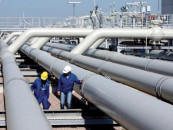FY26 budget pegs rupee at 290/$
Govt projects 3.6% depreciation for next fiscal year amid IMF-backed stability

The federal government has decided to make the new budget at an exchange rate of Rs290 to a dollar, anticipating only 3.6% depreciation due to a largely stable external account in the next fiscal year on the back of an International Monetary Fund (IMF) programme.
The Rs290-to-a-dollar exchange rate indicates Rs10 or 3.6% depreciation, which is in line with the currency market trading in the past one year. Sources told The Express Tribune that the Ministry of Finance has instructed government departments to prepare budget estimates for fiscal year 2025-26 using the Rs290-to-a-dollar exchange rate.
The rate will also be used for determining the defence budget portion related to foreign procurements and foreign debt servicing. Pakistan has decided to increase its defence budget by 18% to over Rs2.5 trillion after a surge in tensions with India. The exchange rate is the benchmark for allocating budgets to Pakistan's missions abroad and the Public Sector Development Programme (PSDP).
The current budget had also been prepared on the assumption of Rs290 to a dollar, but the rupee largely remained stable. The government has now decided to make the revised budget estimates of the outgoing fiscal year on the basis of Rs280 to a dollar, said the sources. On Monday, the inter-bank rate for the rupee stood at Rs281.56.
In its statement last week, the IMF urged Pakistan that "a more flexible exchange rate will facilitate the adjustment to external and domestic shocks, aiding the rebuilding of reserves". For the next fiscal year, the IMF sees Pakistan's gross official foreign exchange reserves growing to $17.7 billion, which is equal to 2.8 months of imports and a little better than this fiscal year's import cover.
After facing severe shocks, Pakistan's economy has stabilised, although the government cannot yet afford to completely free import controls due to a thin cover of the foreign exchange reserves.
Sources said that one of the reasons for expecting a stable exchange rate in the next fiscal year is the relatively low current account deficit of around 0.4% of GDP. This translates into less than $2 billion and can be comfortably financed on the back of foreign debt inflows. Inflation in the next fiscal year is also projected around 7.7% by the IMF, and the relatively stable exchange rate is one of the reasons for the projection, said the sources.
However, the State Bank of Pakistan's assessment was that the rupee-dollar parity may remain around Rs299 to a dollar in the next fiscal year. The finance ministry did not agree to it and decided to make the budget at Rs290 to a dollar.
Exporters recently urged Prime Minister Shehbaz Sharif to liberalise the rupee further, according to sources.
For the next fiscal year, the interest payments on external debt are projected to reach approximately Rs1.2 trillion. Overall, the government aims to allocate around Rs8.7 trillion for debt servicing in the next fiscal year, which might be adjusted downwards due to a cut in interest rate last week.
Pakistan's external debt largely remained under control in this fiscal year after the central bank resorted to buying dollars from the local market instead of taking fresh foreign loans. According to the SBP debt bulletin released on Monday, the external debt remained at $130.3 billion as of the end of March 2025, down by $800 million compared to a year ago.
The reason for the decline was mainly the reduction in Pakistan's long-term debt liabilities. However, the country still needs large sums estimated at around $25 billion in the next fiscal year to repay its maturing loans. Out of the $25 billion, roughly $13 billion are rolled over by the foreign bilateral creditors every year. The government is currently in the process of working out next fiscal year's total foreign debt requirements in the light of repayment needs and building the foreign exchange reserves.
But Pakistan's total debt and liabilities increased to Rs89.8 trillion by the end of March, showing a 10.1% increase compared to a year ago. The increase was mainly in the government's debt, which surged nearly 13% to Rs73.7 trillion during the period under review, according to the SBP.




















COMMENTS
Comments are moderated and generally will be posted if they are on-topic and not abusive.
For more information, please see our Comments FAQ